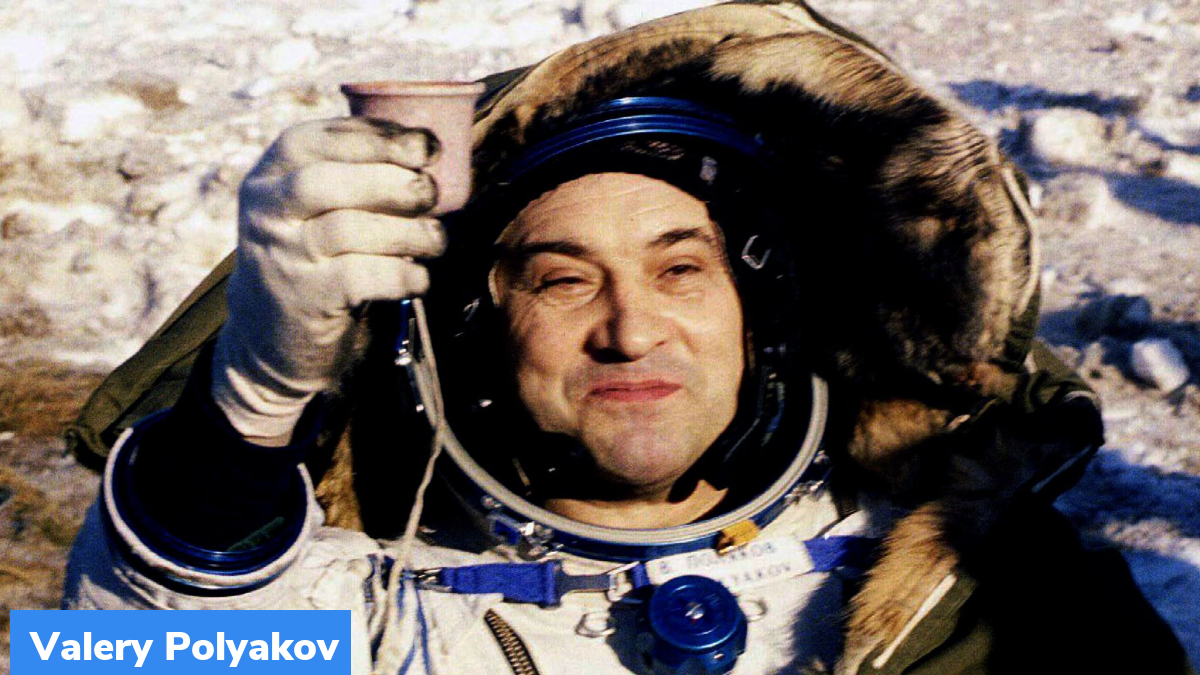Soviet Cosmonaut Valery Polyakov passes away
Valery Polyakov, who held the record for the achieving the longest single stay in space, has passed away at the age of 80.
Key facts
- Valery Polyakov’s record of 437 days in space started on January 8, 1994.
- While aboard the Soviet Space Station Mir, he orbited the Earth more than 7,000 times before returning back to Earth on March 22, 1995.
- He trained as a physician and demonstrated the human body’s capacity to withstand extended period in outer space.
- Earlier, Polyakov spent 288 days in space on a mission that took place in 1988-89.
- This was his first mission into space. He returned to Earth in the year 1989 after 8 months.
- He served as the Deputy Director of the Institute of Biomedical Problems in Moscow.
- He held this position even after formally retiring from being a cosmonaut in 1995 and simultaneously served as a deputy chair of the commission responsible for certifying Russian cosmonauts.
- He participated in an experiment SFINCSS-99 (Simulation of Flight of International Crew on Space Station) in 1999.
- His 430-day flight helped understand how human body reacted to micro-gravity environment during the long-duration missions to Mars.
- The data from this mission has been used for determining if humans are capable of maintaining healthy mental state during long-duration space flights.
- It helped researchers conclude that a stable mood and overall functioning can be maintained during the long-duration spaceflights like crewed missions to Mars.
- Polyakov’s longest record of 678 days in space has been surpassed in 1999 by cosmonaut Sergei Avdeyev, who stayed in space for 747 days
About Mir Space Station
Mir Space Station was operated from 1986 to 2001 by Soviet Union and later by Russia. It was the first modular space station. Assembled from 1986 to 1996, this space station had greater mass than any other previous spacecraft. During its time, Mir was the largest artificial satellite in orbit. The International Space Station succeeded the Mir Space Station after its orbit decayed.
Month: Current affairs - September, 2022
Category: Awards, Honours & Persons in News • International / World Current Affairs • Science & Technology Current Affairs


